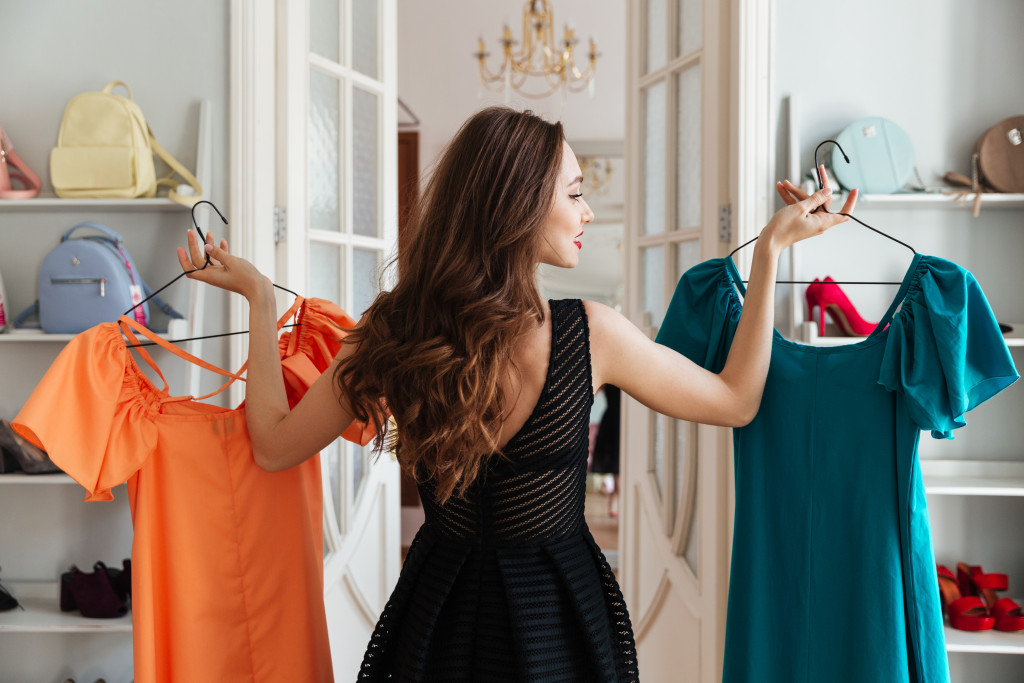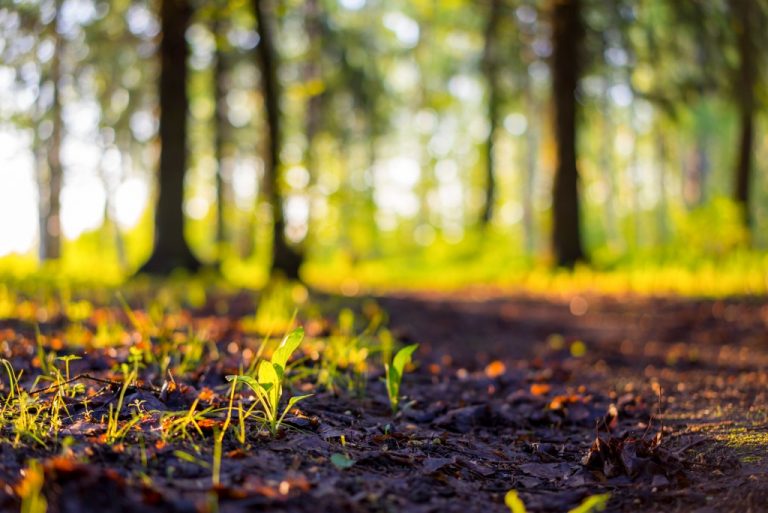In the search for more sustainable ways of living, upcycled fashion has become a trend—and hopefully, it’s here to stay. From flour sacks turned into dresses to randomized fabric turned into blazers for runways, brands have recognized the importance of adopting this trend.
The clothing industry remains one of the biggest contributors to greenhouse gas emissions, wastewater effluents, and massive water consumption. As a result, consumers are constantly finding alternatives to express themselves through fashion without harming the environment too much.
What is Upcycling?
Turning something that is deemed useless into an entirely different thing (or things) is called upcycling—not to be confused with “recycling”. While both are sustainability and eco-friendly efforts, the difference lies in recycling’s process of breaking down the material in order to turn it into a new thing. For example, plastic bottles are “ground into cornflake-sized pieces” in recycling facilities before they turn into the raw material that is plastic pellets.
Think about rubber bands that easily break because of neglect. Then, you have a shirt that you no longer use. They’re all left to decay, but won’t in a few years time. Instead of throwing them away to accumulate in landfills, you turn them into something new and functional. You break the rubber bands and cut the shirt into long, thin pieces. After weaving these materials together, you’ve made a rubber bracelet, enhanced by the design of the shirt.
In upcycling, it’s your creativity that matters. There’s not a lot of machines and factories involved. You can do it in the comfort of your home when you’re bored and have nothing else to in a quarantine afternoon. Plus, you will never find another person with the same clothes.
Upcycled Fashion
 Upcycled fashion is another sustainable solution for the massive damages caused by the production of clothes, especially in the fast-fashion industry. Here are the facts:
Upcycled fashion is another sustainable solution for the massive damages caused by the production of clothes, especially in the fast-fashion industry. Here are the facts:
- Textile treatments and dying account for 20 percent of industrial water pollution
- 200,000 tons of dyes are discharged into rivers and seas
- Clothes production takes up massive amounts of water with 1 kg of cotton production requiring 20,000 liters of water. The fashion industry, then, uses up 1.5 trillion liters of water annually.
- Despite all these alarming numbers, only 15% of clothes are recycled or donated, and in the US, a person discards 70 pounds of clothes and textiles annually.
Alongside thrift-shopping and using secondhand clothes, upcycling prevents clothing materials from accumulating in landfills. Because you’re essentially repurposing clothing that would have been thrown out, you’re giving the landfills a break from another hardly decomposing waste.
Adding Personal Touch
Other than being environmentally friendly, upcycling helps you get in touch with your creativity and style. Not only are you working with an item that you have previously loved, but you are also designing it according to your own liking. Hence, the result is something that is guaranteed to be accustomed to your personal style.
Mix and match
Let’s say you have a pile of clothes you want to upcycle. They all vary in textiles, patterns, and materials. From there, the sky’s the limit.
Instead of looking out for new materials, textures, and patterns, the pile of discarded clothes gives so much space for mixing and matching. It’s not just clothes, too, because you can cut out curtains, tablecloths, and bedsheets. Maybe silk matches well with polyester florals with stripes. There’s also the possibility of color blocking and pattern blocking. You can work in patches, and the output may also be asymmetrical.
Accessorize
Remember that the goal of upcycling is to reduce waste. As much as possible, find a purpose for little cuttings.
One way to do this is to use them in accessories. If the cutting is long enough, you can turn it into a turban or a headband. For tiny cuttings, you can roll, sew, or weave them together to turn into bracelets or chokers. Of course, you can add little details like beads or pendants.
Have a Vision
Like all creative endeavors, having a vision when upcycling something matters. Before cutting, measuring, etc., think about what you want the output to be. Do you want a shirt, a dress, or a skirt? It could also be new sheets or curtains. Maybe a tote bag would be cute, too. There are so many things you can come up with, so it’s best to have a plan. Otherwise, you might end up scrapping several pieces of fabric, defeating the purpose of reducing waste.
Upcycling should be sustainable. Because it is a trend, it’s easy for people to lose sight of this goal. Remember that where there are pieces that need to be discarded, there is room for upcycling — and creativity.






